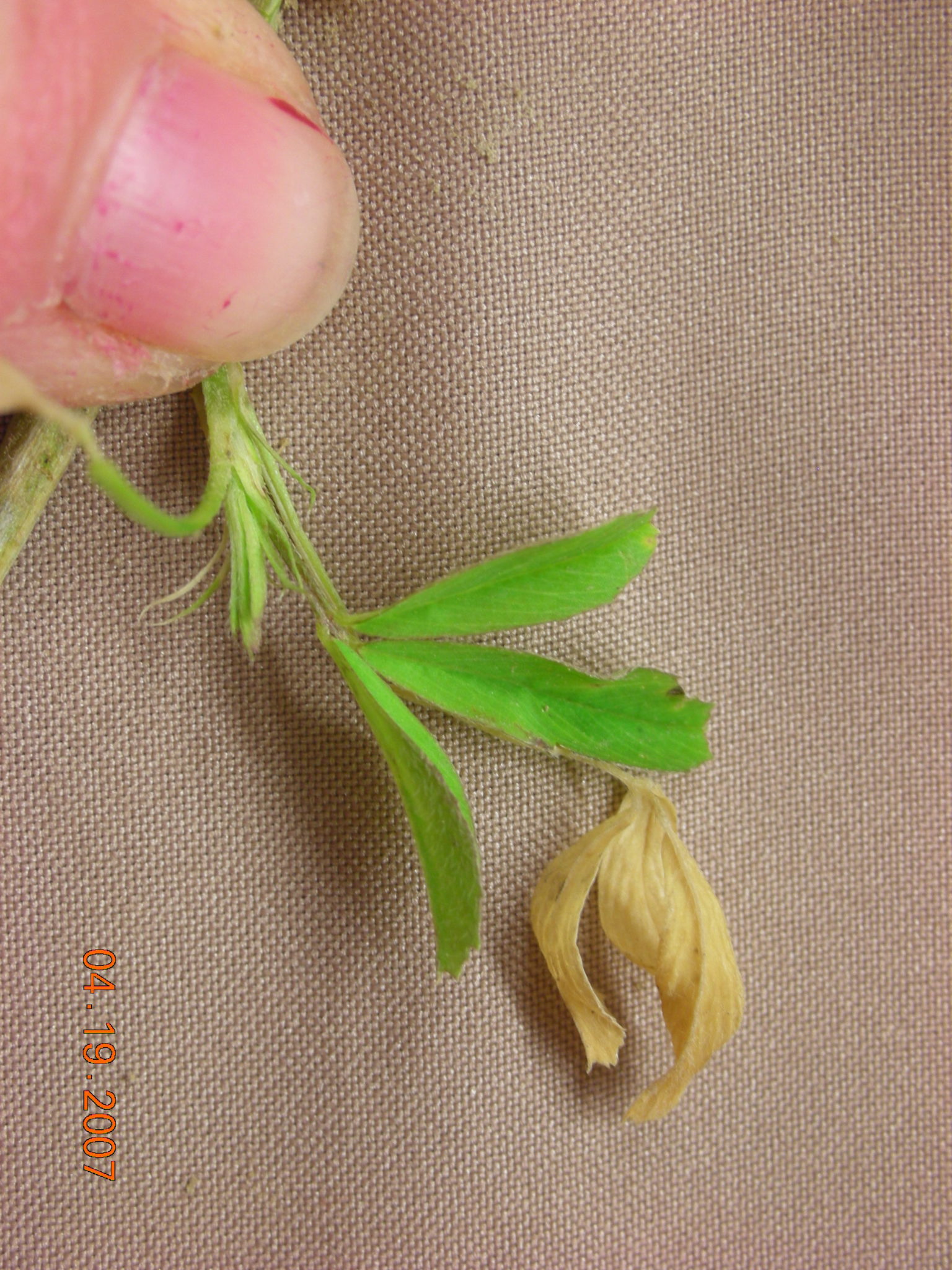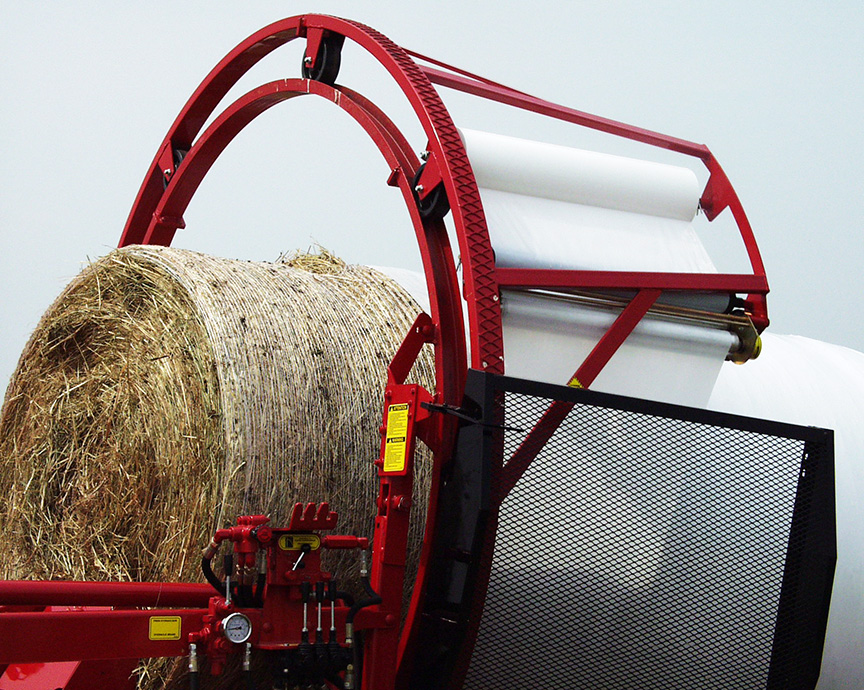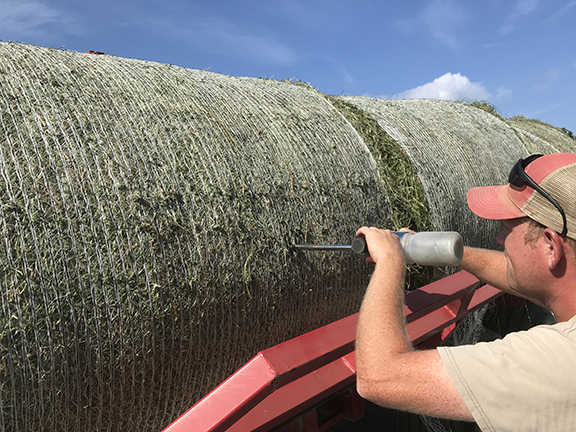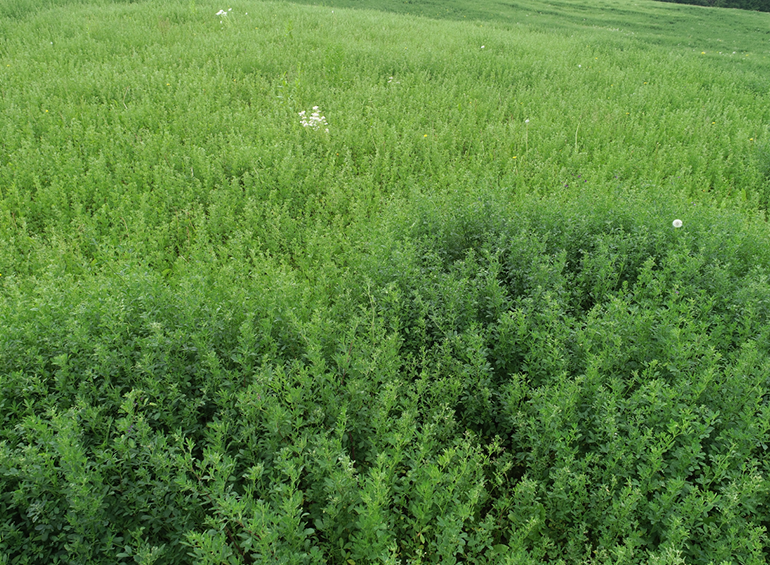
Night time and early morning temperatures across Indiana dipped to lows (less than 28oF) on Wednesday and Thursday that may be concerning to alfalfa producers. Damage may be little to none, or possibly severe. Minimal damage may appear as new leaves emerging next week being bleached. Whereas, severe damage will have the plant losing its upright integrity and appearing water soaked (mushy). New seedlings will take on a water soaked appearance if freeze damaged. Variation in response could be extreme across a field due to differences in temperature because of topography. Older stands that were well managed last year will have a greater chance of survival. Please contact me at johnsonk@purdue.edu if damage is severe because of the freeze events.










